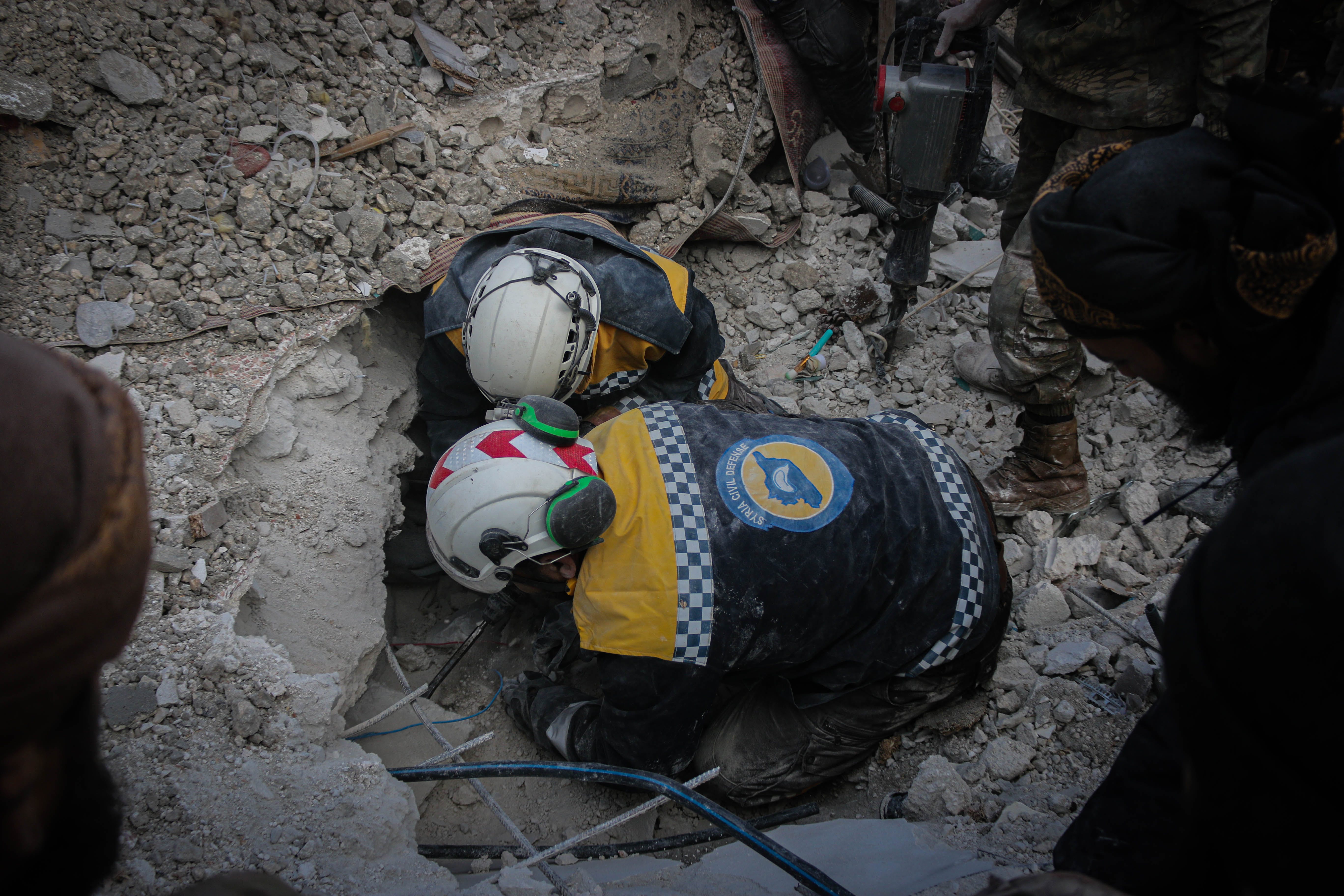Currently, several countries have operational coalitions or mechanisms for joint appeals for humanitarian response.
The majority of these come under a global umbrella organisation, the Emergency Appeals Alliance. Some mechanisms have been operational for over 50 years, whilst others have only been recently established. The most recently initiated was the Global Emergency Response Coalition in the United States launched on 17 July 2017. In recent years, several other countries including Australia, have examined the possibility of establishing joint appeal mechanisms for humanitarian response.
Joint funding for humanitarian response by Australian agencies is not new. Previous iterations include the International Disasters Emergency Committee (IDEC, operational from 1973 to 1993), and more recently a proposed pilot initiative in 2013, known as the Australian Humanitarian Coalition. In recent months however the topic has again re-emerged in the sector.
Humanitarian Advisory Group has been considering how we can effectively contribute to that discussion and whilst we are not seeking to advance a particular position on the issue, we do think that it merits further exploration and critical examination of evidence, including the advantages and the risks for the sector. We have looked at the mechanisms that have worked in other countries, and have attempted to give an independent overview and analysis of strengths and challenges, and offer ideas on a constructive way to move the discussion forward.
The landscape
The appetite for exploration of joint funding arrangements in Australia has ebbed and flowed over the last decade. Discussions on piloting a joint funding mechanism (known as the Australian Humanitarian Coalition) by agencies four years ago ultimately did not come to fruition. Why was this the case, and furthermore is there is any point in revisiting the topic? Is the current climate any different to that of 2013, and if so how? As a starting point we considered three variables critical to the perceived current relevance of a joint funding mechanism:
- Agency perspectives on the relevance and effectiveness of a joint funding mechanism
- Market relevance and climate, or ‘the humanitarian landscape’
- The proposed joint funding model/s
In order for the potential of joint funding mechanism to be effectively explored again, one or more of these variables needs to have changed over the last four years since the previously proposed pilot initiative. We know that the humanitarian landscape in Australian has changed significantly whether it be through the creation of the Australian Humanitarian Partnership with 23 participating agencies, the first World Humanitarian Summit, a new Australian Government Humanitarian Strategy or changes in agency organisational structures and strategies.
Catalysed by the World Humanitarian Summit’s initiatives and commitments such as the Grand Bargain and the Charter for Change, there is also increasing drive for the humanitarian system globally to re-think humanitarian financing, including the transformation of system and structures to support a more localised response and reduce the funding gap. Under the Grand Bargain, agencies made commitments to explore new funding models and reduce duplication and management costs, influencing the appetite for revisiting the topic of joint funding models in Australia.
In a time where the humanitarian funding gap is greater than ever before, humanitarian agencies are required to think innovatively and creatively about how to meet this need to meet current, and future mandates. Experiences in other countries have shown significant dividends, for example the Humanitarian Coalition in Canada as a significant number of new donors came on board to give to the joint appeal model who had never donated before, however, there have also been challenges and risks both at the agency, and consortium levels in initiating joint appeals.
Situated in a broader context of new and emerging humanitarian financing initiatives associated with the Grand Bargain, it is an interesting time to explore new models of collective financing to address the funding gap.
What does this mean in the Australian context?
This think piece provides an overview of what we currently know about the evidence, advantages and challenges of joint funding mechanisms. However, in order to move the discussion forward, there needs to be further exploration of implications for the Australian context, including the following potential aspects:
- Exploring how a joint funding mechanism can address the humanitarian funding gap in the Australian market
- Understanding the Australian market – who donates and who doesn’t, and why, and whether a joint funding model is an attractive option for new donors
- Independent market analysis of proposed models and implications for agencies
- Consideration of proposing ‘options’ for models and associated funding allocation formulae
- Understanding how the joint mechanism could enhance the relationship between the Australian media and the humanitarian community and how it could educate the public on humanitarian needs, and increase impact and reduce administration costs.
Read the Joint funding mechanisms for humanitarian response think piece:







